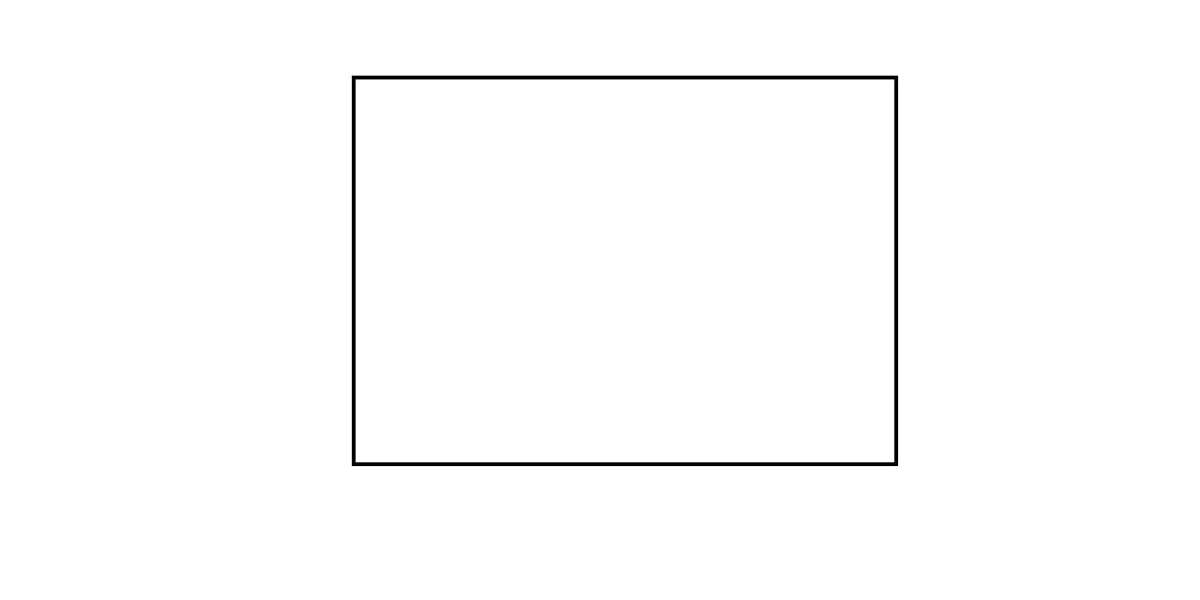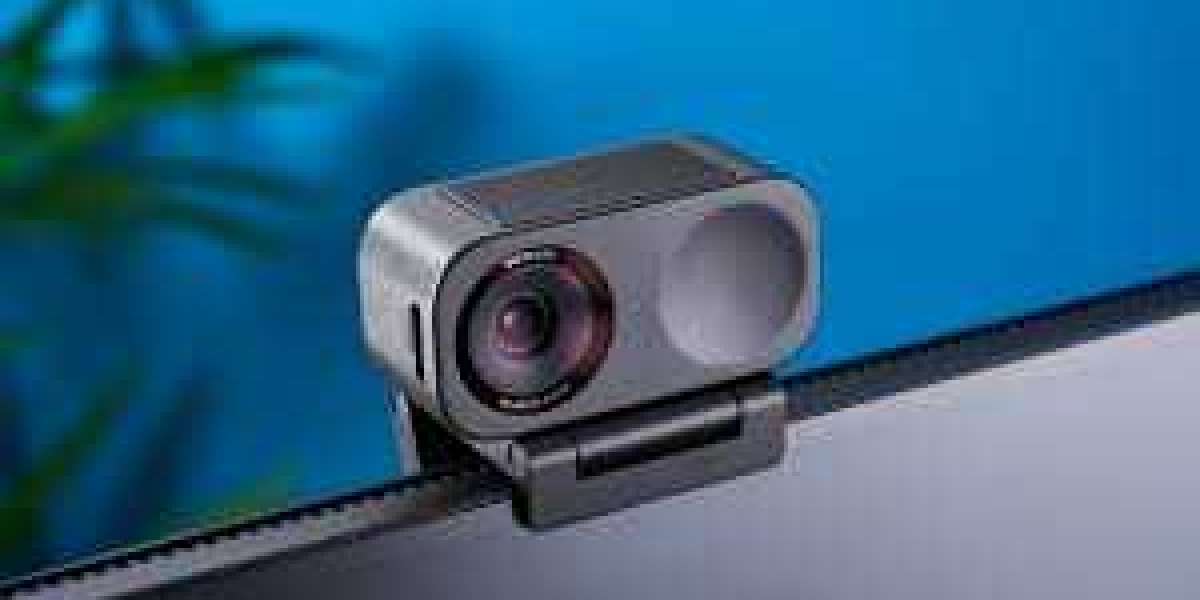When you finally remove your braces or complete your invisalign treatment, you've achieved a significant milestone in your orthodontic journey, but your work isn't quite done yet. The next essential step is to guarantee that your newly aligned teeth remain in their correct positions, and this is where custom retainers come into play.
Wear Retainers as Prescribed
Wearing your retainers as prescribed by your orthodontist is essential for maintaining the alignment of your teeth after orthodontic treatment. This is a vital step in guaranteeing that the hard work and investment in your orthodontic care are not undone. When you first get your retainer, your orthodontist will provide specific instructions on how often and when to wear it.
For the initial period, usually the first six months, it is best to wear your retainer day and night to prevent relapse, as your teeth are most susceptible to shifting back to their original positions during this time[5]. After this period, you can typically switch to wearing your retainer at night only. Consistent nighttime wear helps counteract the natural tendency of teeth to shift due to factors like growth, aging, and daily wear and tear[2].
Keep Your Retainers Clean
To maintain the effectiveness and longevity of your custom retainers, keeping them clean is essential. Here's how you can do it effectively:
After each meal, rinse your retainer with warm water to remove any loose debris. Then, use a separate toothbrush to gently brush your retainer. Avoid using regular toothpaste, as it can be too abrasive and damage the surface of your retainer. Instead, use a small amount of mild dish soap or a paste made from equal parts baking soda and water to scrub your retainer[1][2][5%.
For deeper cleaning, you can soak your retainer in a solution of lukewarm water mixed with baking soda or a couple of drops of castile soap. For clear plastic retainers, a cotton swab can help clean the nooks and crannies. If recommended by your dentist, you can also soak your retainer in a denture or retainer cleaner like Efferdent or Polident, following the package instructions[1][2][5].
Avoid Eating with Retainers
Avoiding eating with your retainers is essential for maintaining their integrity and the alignment of your teeth. When you have permanent retainers, it's vital to be mindful of the foods you consume to prevent damage and guarantee the retainers continue to do their job effectively.
Hard foods are a major no-go. Items like popcorn, ice, nuts, and hard candies can exert significant pressure on your retainers, increasing the risk of breakage. If a retainer breaks, you'll need to see your dentist immediately to avoid any shift in your teeth's alignment[1][3][5].
##Store Retainers Properly
Properly storing your custom retainers is essential for maintaining their durability and guaranteeing they continue to support your newly aligned teeth. When you're not wearing your retainers, it's vital to store them in their protective case. This simple habit prevents damage, loss, and the buildup of bacteria. Always put your retainer in its case when it's not in your mouth, as this safeguards it against accidental breakage or misplacement[1][3][5].
Make sure the case itself is clean by washing it regularly with mild soap and water. This prevents bacterial growth and keeps your retainer hygienic. Avoid exposing your retainers to extreme temperatures, such as near heaters, stoves, or in hot cars, as these can warp the materials and affect the fit[3][5].
Regularly clean your retainer case to maintain hygiene and extend the lifespan of your retainers. By storing your retainers properly, you protect your investment in orthodontic treatment and make sure that your teeth remain in their corrected positions. This careful storage routine is a key part of maintaining the long-term effectiveness of your custom retainers.
Regular Adjustments and Check-ups
Regular adjustments and check-ups with your orthodontist are essential for guaranteeing your custom retainers continue to fit perfectly and maintain the alignment of your teeth. After your braces are removed, your teeth, gums, and bones need time to stabilize in their new positions. Your orthodontist will schedule follow-up appointments to monitor the fit and effectiveness of your retainer.
Be Mindful of Cleaning Solutions
When you take out your custom retainer to clean it, the cleaning solution you use is essential for maintaining its integrity and your oral health. To keep your retainer in prime condition, it's imperative to choose the right cleaning methods.
For daily cleaning, use a soft-bristled toothbrush and mild, unscented liquid dish soap. Gently brush your retainer to remove plaque, bacteria, and food bits, then rinse it with cool or lukewarm water to prevent warping the material[1][2][5].
A paste made from equal parts water and baking soda is another effective and natural cleaning option. Apply the paste to your retainer, let it sit for a few minutes, and then rinse thoroughly with cool water. This method helps eliminate odors, bacteria, and plaque without using harsh chemicals[1][2][5].
Avoid using toothpaste, as it can be too abrasive and scratch the retainer's surface. Disinfectant wipes and hot water are also not recommended, as they can harm your retainer and potentially leave unpleasant tastes or damage the material[1][2][5].
Protect Your Retainers from Damage
To protect your custom retainers from damage, it is vital to handle them with care and follow specific guidelines. When you're not wearing your retainers, always store them in their protective case. This simple habit helps keep your retainers clean and minimizes the risk of breakage or loss. The mantra "if it's not in your face, it should be in your case" is a useful reminder to guarantee your retainers are safe and secure[3].
Avoid exposing your retainers to extreme conditions such as direct sunlight or hot water, as these can cause damage or deform the material. Never use products with alcohol or bleach to clean your retainers, as these chemicals can harm the material and may be harmful if ingested[3].
Replace Your Retainers When Necessary
Replacing your retainers at the right time is essential for maintaining the alignment of your teeth and guaranteeing the long-term success of your orthodontic treatment. With proper care, your custom retainers can last for 5-7 years, but there are specific signs that indicate it's time for a replacement.
If you notice any cracks, no matter how small, it's vital to replace your retainer. Cracks can compromise the structure and leave you vulnerable to dental injuries. Similarly, if your retainer doesn't fit well, either being too loose or too tight, it won't effectively keep your teeth in their aligned positions.
Understand the Long-Term Commitment
Wearing a retainer after orthodontic treatment is not just a short-term commitment, but a lifelong one. Once your braces are removed, your teeth, gums, bones, and muscles are still adjusting to their new positions. Retainers play a vital role in maintaining this alignment, preventing the teeth from shifting back to their original positions, a phenomenon known as relapse[2][3][4%.
To guarantee the long-term success of your orthodontic treatment, you will need to wear your retainer as directed by your dental provider. Initially, this may involve wearing the retainer full-time for several months, typically four to six months, before shifting to part-time wear, usually at night, for the rest of your life[1][4].
Regular check-ups with your orthodontist are essential to guarantee the retainer fits properly and to address any issues promptly. Over time, you may need to replace your retainer to maintain its effectiveness and prevent discomfort. Proper care, including daily cleaning and storing the retainer in a protective case, is also essential for extending its lifespan and ensuring your teeth remain in their corrected position[1][2][5].
Understanding and committing to this long-term care will help you protect your investment in orthodontic treatment and enjoy a perfectly aligned smile for years to come.
Proper care of your retainer is essential. Wear it as prescribed, clean it regularly, and store it in a protective case to prevent damage. Regular check-ups with your orthodontist are vital to guarantee the retainer fits properly and to address any issues promptly. This long-term commitment may seem challenging, but it is the best way to protect your investment in orthodontic treatment and enjoy a perfectly aligned smile for years to come. By following these guidelines, you can maintain the results of your orthodontic treatment and guarantee your smile remains healthy and beautiful.














